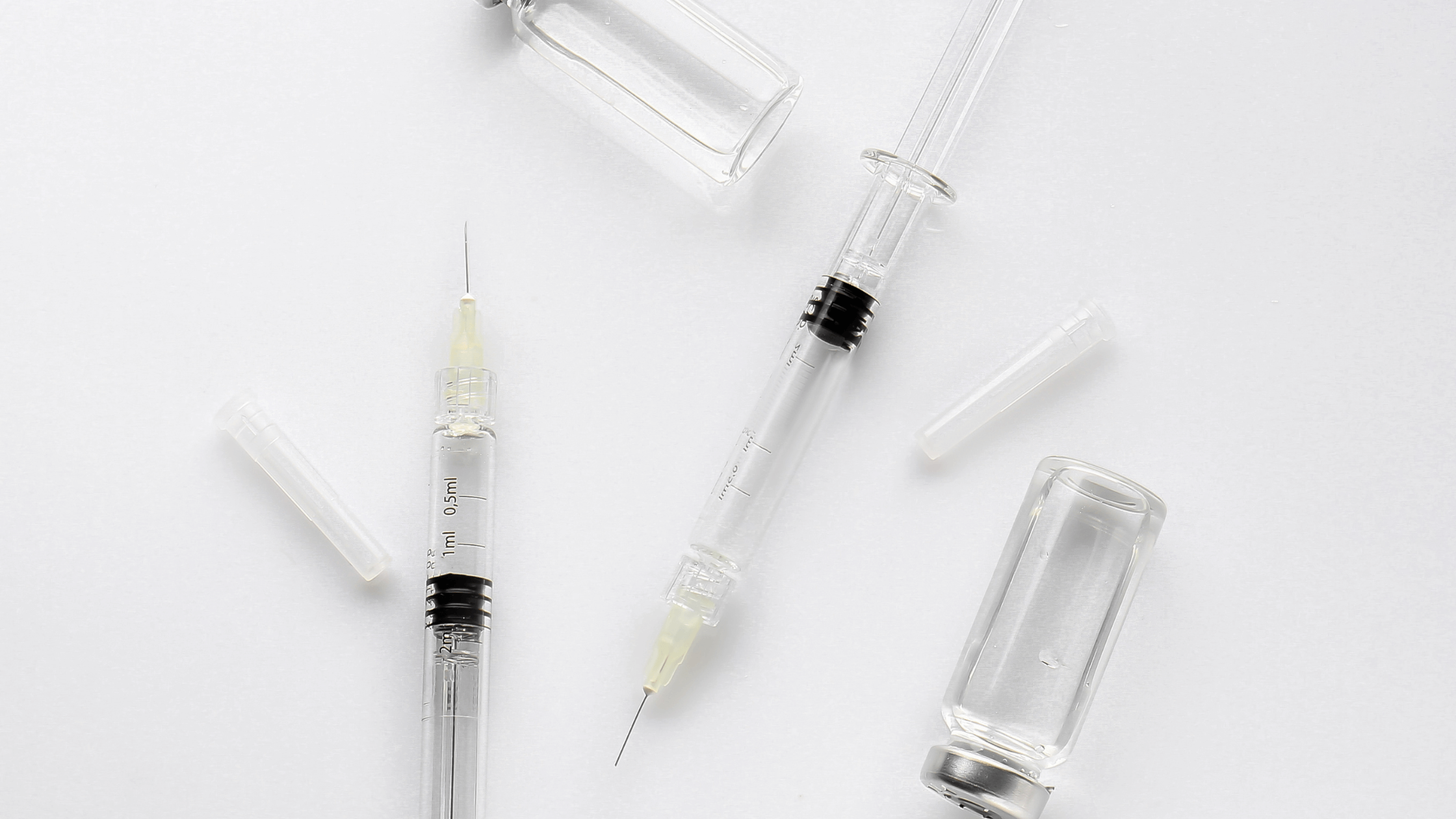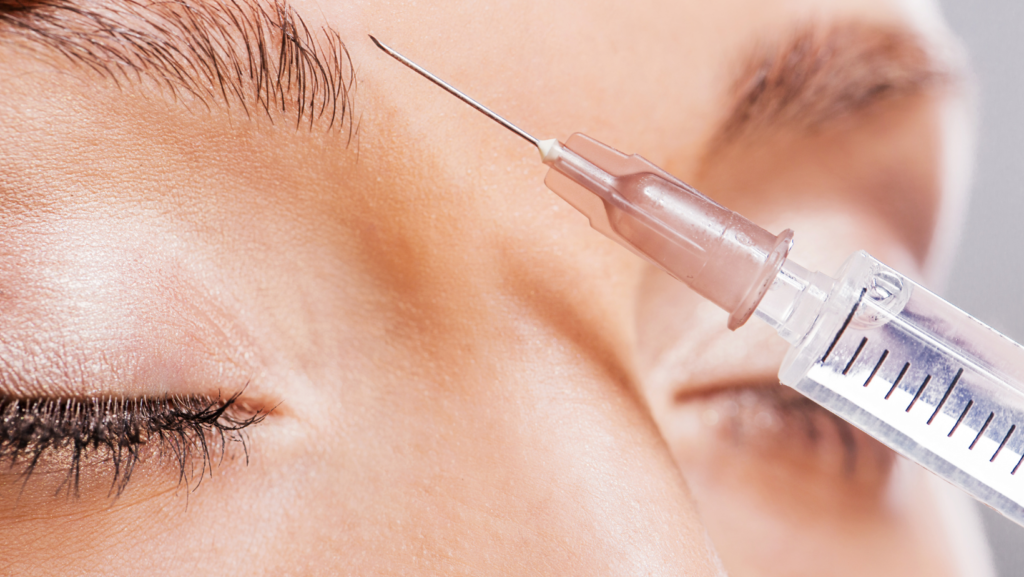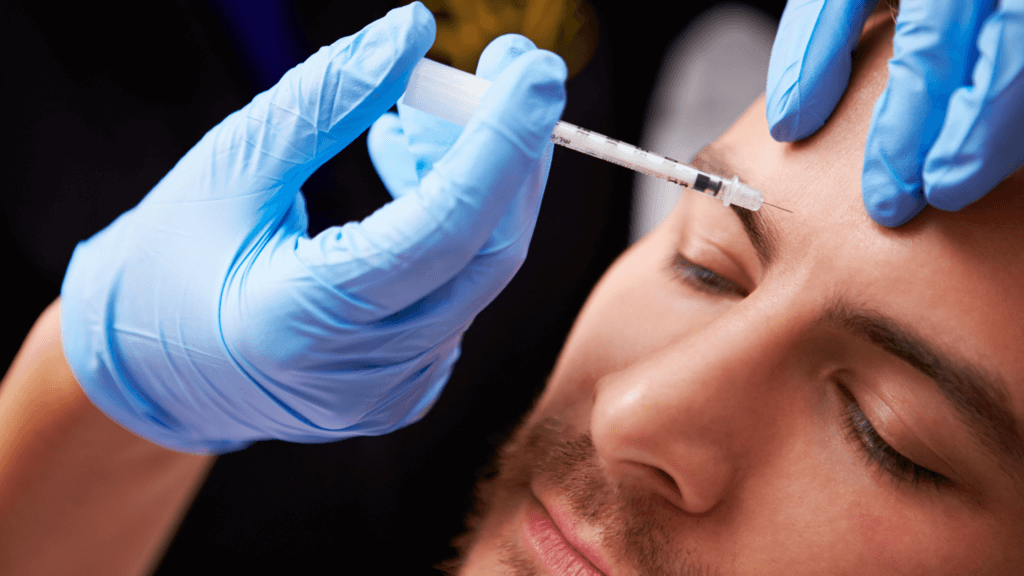3 Ways to Overcome BOTOX Resistance5 min read

Aesthetica Editorial Team

BOTOX, one of the world’s most popular non-surgical cosmetic treatments, has brought life-changing results to countless people.
However, over time, some patients have reported diminished effects, leading many to question whether they are developing BOTOX resistance.
We have researched and compiled the signs that may indicate an increasing tolerance to BOTOX!
Understanding the Science Behind BOTOX Resistance
BOTOX primarily works by blocking nerve signals in the muscles, thus preventing muscle contractions.
However, with repeated exposure, the body may start neutralizing antibodies against the neurotoxin, reducing its effectiveness.

What Reduces the Effectiveness of BOTOX?
Antibody Production
The human body is adept at defending itself against foreign substances. BOTOX, being a toxin, isn’t exempt from this reaction:
Over time and with repeated exposure, the body produces antibodies to neutralize it. These antibodies fight off the toxin, diminishing the desired effects.
Improper Storage and Handling
The efficacy of BOTOX is also influenced by its handling before administration.
BOTOX is sensitive to temperature and light. If exposed to inappropriate conditions, its potency will rapidly deteriorate.
3 Ways to Overcome BOTOX Resistance
BOTOX resistance is disheartening, primarily when you rely on it for aesthetic or therapeutic benefits. However, you can take proactive steps to counteract this unexpected side effect.
Rotate Treatment Areas
Frequent BOTOX applications to the same muscle group inadvertently train the body to recognize and resist the toxin.
Regularly changing the injection sites reduces the chances of any single muscle group becoming resistant. For instance, if you have been focusing on the forehead, consider switching to the crow’s feet for a change.
By diversifying the application areas, you’ll reduce the risk of resistance and give previously treated muscles a more extended rest period.

Maintain Treatment Intervals
Timing is crucial. Getting BOTOX treatments too frequently keeps toxin levels consistently high in the body, inadvertently encouraging resistance.
To manage this:
- Stick to Recommended Time Gaps: Most specialists recommend waiting 3 to 4 months between treatments. Adhering to this timeline ensures the toxin doesn’t accumulate in the body, reducing the chnces of developing antibodies.
- Monitor Results: If you notice the BOTOX effects wearing off sooner than they should, resist the temptation to get a premature touch-up.
Consult Your Healthcare Provider
Engaging in open dialogue with your healthcare provider plays a pivotal role in overcoming BOTOX resistance:
- Proper Storage is Key: Always ensure that BOTOX vials are stored in a cool environment, away from direct sunlight. Inquire about your provider’s storage practices to ensure the product’s integrity.
- Skilled Administration: How BOTOX is administered plays a role in its effectiveness. Ensure a certified professional handles your treatments. They should mix the BOTOX powder with saline solution correctly, use the right equipment, and follow sterile procedures to ensure optimal results.
- Share Observations: If you suspect diminishing results, bring it to your specialist’s attention. They can help identify whether it’s genuinely resistance or other factors you’re dealing with.
- Dosage Adjustments: Sometimes, an increased dosage might compensate for resistance. Your healthcare provider will assess whether a dosage modification is appropriate for you.
- Alternative Treatments: If resistance continues to be a concern, your specialist might suggest alternative treatments or brands. Different formulations, like Dysport or Xeomin, could offer better results if BOTOX needs to be fixed.
Does Retinol Help BOTOX Last Longer?
While retinol doesn’t directly extend the effects of BOTOX, using it will improve overall skin quality. A combined regimen of BOTOX and retinol might offer more pronounced and longer-lasting aesthetic results.
Does Heat Make BOTOX Wear Off Faster?
Exposure to high temperatures, such as those in saunas, steam rooms, or during intense workouts, accelerates the metabolism of BOTOX. As the toxin breaks down faster, its effects will diminish sooner. If you’ve recently received a BOTOX treatment, avoid excessive heat to ensure optimal and prolonged results.

Ready to Experience the BOTOX Difference?
While BOTOX offers fantastic benefits, being aware of the potential for resistance is essential for long-term satisfaction. By staying informed, noting any changes in treatment outcomes, and maintaining open communication with your provider, you can ensure the best BOTOX results for years to come.
Meet us at 19500 Sandridge Way, Suite 350, Leesburg, VA 20176, or call us at (703) 574-4342 for a complimentary consultation with Board-Certified Plastic Surgeon Dr. Phillip Chang before moving forward with your procedure. If everything matches up, our team will help you navigate the entire process from beginning to end. Also, remember to check out our blog and social media for more information on cosmetic surgery trends!
References
- “Botulinum Neurotoxin Type A Resistance: An Emerging Problem.” Research Outreach, 25 Jan. 2023, researchoutreach.org/articles/botulinum-neurotoxin-type-a-resistance-emerging-problem. Accessed 25 Oct. 2023.
- Torres, Sebastian, et al. “Neutralizing Antibodies to Botulinum Neurotoxin Type A in Aesthetic Me: CCID.” Clinical, Cosmetic and Investigational Dermatology, Dove Press, 18 Dec. 2013, www.dovepress.com/neutralizing-antibodies-to-botulinum-neurotoxin-type-a-in-aesthetic-me-peer-reviewed-fulltext-article-CCID.
Let Us Help You!
Our office can provide you with helpful information, schedule a free consultation, and walk you through the many services and procedures we provide.
Contact Dr. Chang's Office:
More Articles For You

The Latest Techniques in Double Chin Removal in Leesburg, VA
In the charming town of Leesburg, VA, where looking good and feeling great are top

The Art of Refining the Side Profile of a Woman through Plastic Surgery
In the realm of cosmetic enhancements, the side profile of a woman holds a pivotal

Enhance Now, Pay Later: Plastic Surgery Payment Plans in Leesburg, VA
In the picturesque town of Leesburg, VA, pursuing beauty and self-improvement is a journey many

Areola Reduction for Men in Loudoun County
In the heart of Loudoun County, where the beauty of nature meets bustling urban life,
